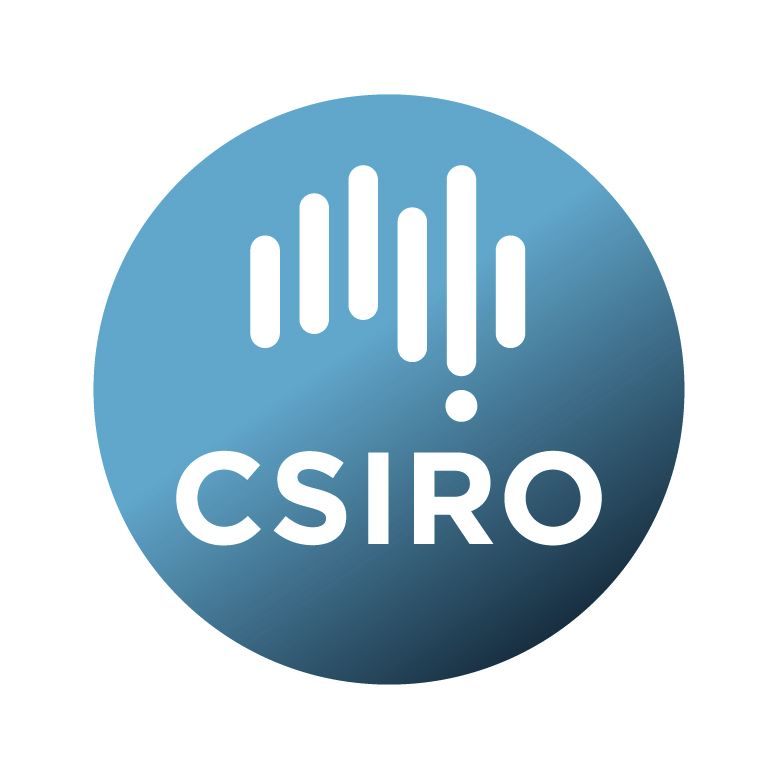Brief description
With this proposal we ask time for a follow-up campaign of potential new discoveries from the TRAPUM (TRAnsients and PUlsars with Meerkat) survey, whiose observations are recently started. About 10 new pulsars are expected to be found during the upcoming semester of operations, in targeted pointings towards supernova remnants, pulsar wind nebulae and Fermi unidentified point sources. Timing observations have an essential role in exploiting the full potential of any pulsar discovery, allowing the precise measurement of rotational, astrometric and orbital parameters which, in turn, give us powerful tools to improve our understanding of the physics in extreme environments as well as of the population of neutron stars as a whole. The UWL receiver of the Parkes telescope is a sensitive, versatile instrument that will allow us to successfully time the bright-end of TRAPUM discoveries. Since we do not have a target list at the time of writing, we are submitting a NAPA proposal, for this semester, to be triggered as soon as a new pulsar of interest is discovered.Available: 2021-02-28
Data time period: 2020-10-01 to 2021-03-31
Subjects
Astronomical Sciences |
Astronomical Sciences Not Elsewhere Classified |
P1054_2020OCTS |
Physical Sciences |
neutron stars |
pulsars |
User Contributed Tags
Login to tag this record with meaningful keywords to make it easier to discover
Identifiers
- DOI : 10.25919/4GBR-CP75

- Handle : 102.100.100/390270

- URL : data.csiro.au/collection/csiro:49332



